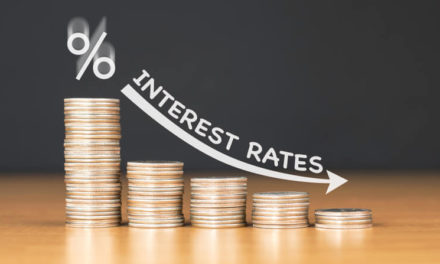U.S. President Donald Trump on Wednesday announced the “first stage of a phenomenal new trade agreement” with Japan that will expand market access and eliminate tariffs for agriculture and industrial goods and digital trade. He indicated officials were still negotiating toward a bigger deal.
Trump and Japanese Prime Minister Shinzo Abe signed the agreement on the sidelines of the U.N. General Assembly after months of sometimes contentious negotiations. Trump described the deal with Japan, the world’s third largest economy, as “outlining the significant steps we’re taking toward a fair and reciprocal trade agreement.”
“This is a big chunk, but in the fairly near future we’re going to be having a lot more comprehensive deals signed with Japan,” Trump said.
A major roadblock to a final deal has reportedly been considerable behind-the-scenes wrangling over Japanese worry that Trump would slap new tariffs on Japanese autos, which make up a significant amount of Japanese exports to the United States, in the future, despite a trade deal.
Farm groups have also warned the administration that agricultural producers could soon expect to lose market share in Japan if the United States wasn’t treated on par with top competitors from Canada, Mexico, Australia and the European Union.
Trump said Japan will open new markets to approximately $7 billion in U.S. agriculture products, and tariffs would “now be significantly lower or eliminated entirely” on American beef, pork, wheat, cheese, corn, wine and more.
“This is a huge victory for America’s farmers, ranchers and growers, and that’s very important to me,” Trump said.
It also covers commitments on $40 billion in digital trade between the countries, Trump said, “which will greatly expand commerce across cutting edge products and services.”
Abe said the agreement “is actually a win-win solution for Japan and the United States.”
“We have successfully covered a wide range of areas, including not only the industrial goods, but also the agricultural products and also the digital trade between the two sides,” Abe said.
The two sides reached a basic agreement in late August on trade in farm and digital products and other industries. But tariffs on autos and parts have long been a sticking point.
Toshimitsu Motegi, who became foreign minister recently after negotiating the deal as economy minister, and other Japanese officials have reportedly expressed wariness about Washington from forcing any last-minute changes.
A long-sought trade agreement with Japan was delayed when Trump withdrew the United States from a pan-Pacific trade agreement shortly after taking office in 2017.
Japan and the other 10 remaining members of that trade pact, the Trans-Pacific Partnership, then renegotiated their own deal without the United States. Trump said he preferred that Washington and Tokyo strike a bilateral deal, which resurrected the longtime issue of tariffs on Japanese car and auto parts exports to the United States and of stiffer duties on U.S. exports of farm and other products to Japan.
The trade talks between Tokyo and Washington are aimed, in part, from the U.S. perspective, to redress a chronic trade imbalance in Japan’s favor, which totaled $67.6 billion in 2018 according to U.S. figures.
The United States is Japan’s biggest single overseas market.
“We are Japan’s top foreign investor, by far, and Japanese investments in America support hundreds of thousands of American jobs,” Trump said. “The deal we’re announcing today will reduce our chronic trade deficit, built up and taken effect over many, many years of dealing with other governments and other administrations, and it will deepen our enduring national ties.”
© The Associated Press. All rights reserved.




